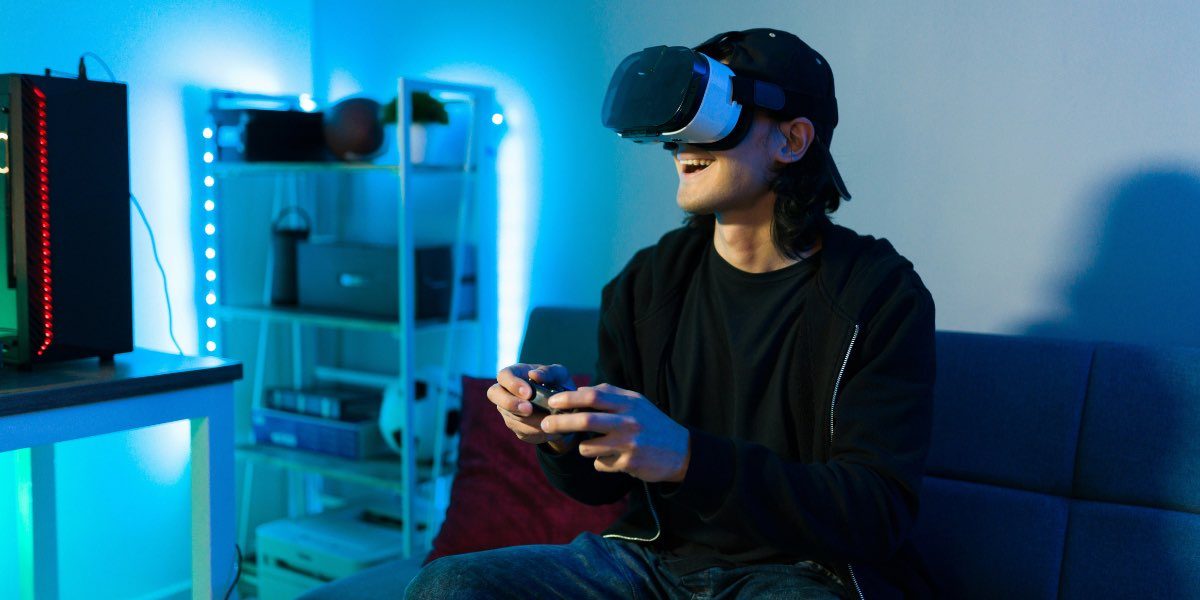Over the past few years, there has been a growing trend among adults to design spaces specifically dedicated to play and creativity. This shift toward fun-focused environments reflects a broader cultural change that acknowledges the value of leisure, relaxation, and personal well-being. As work and life pressures continue to increase, more individuals are seeking spaces where they can unwind, enjoy themselves, and engage in playful activities. The design of these spaces is an intentional effort to incorporate joy, creativity, and spontaneity into daily routines.
What was once considered an indulgence or an unproductive use of space is now seen as an essential aspect of maintaining a balanced lifestyle. Adults are finding that creating environments specifically for play allows them to disconnect from the demands of work and social obligations, offering a retreat where they can focus on personal well-being. These playful spaces, ranging from home game rooms to art studios, are providing a sense of joy, relaxation, and freedom that many have found beneficial for mental health.
Read also: Declutter Your Home: Simple Steps to Stay Organized
The Growing Recognition of Play in Adult Life
While play has long been associated with childhood, it is now increasingly recognized as an important component of adult life as well. In the context of modern society, the pressures of work, family, and social obligations often leave little room for creative expression or leisurely activities. As a result, more adults are turning to play as a way to alleviate stress, boost creativity, and enhance overall well-being.
The rise of wellness culture has played a role in this shift, with an increasing number of individuals acknowledging the mental and emotional benefits of play. Engaging in playful activities helps to reduce stress, improve cognitive flexibility, and foster relaxation. For adults with demanding careers or family responsibilities, taking time for personal enjoyment through playful spaces can serve as a form of self-care and a way to recharge.
In many cases, these spaces are designed to provide a break from the structured, often rigid, nature of adult life. A playful environment is not about escape; it’s about reconnecting with a more carefree, spontaneous part of oneself. Adults are beginning to realize that play is not just for children—it is a vital part of maintaining a healthy, balanced life at any age.
How Playful Spaces Contribute to Mental Health and Well-Being
Creating dedicated spaces for play and leisure is not merely about having fun; it is also about cultivating mental health. Research indicates that engaging in activities that bring joy and creativity, such as painting, gaming, or even physical activities like dancing or yoga, can help reduce anxiety and boost mood. Play allows adults to take a step back from the pressures of daily life, promoting relaxation and mental clarity.
These spaces serve as a form of emotional recharge. When adults set aside time to engage in playful activities, they create opportunities to release tension, reset their minds, and focus on something other than work or obligations. This kind of mental break can help improve focus and productivity in the long run, contributing to better performance in other areas of life. Additionally, playfulness encourages creativity and problem-solving skills, which can be beneficial both personally and professionally.
By designing environments where fun is prioritized, adults create spaces that facilitate a healthier work-life balance. Whether it’s through creative hobbies, physical play, or social interaction, playful environments allow individuals to unwind and enhance their mental well-being.
The Design of Playful Spaces: Personalization and Flexibility
Adults are increasingly seeking spaces that offer more than just functionality; they are looking for environments that reflect their personalities and allow for creative expression. Playful spaces are often personalized to meet the specific interests and needs of the individual. These spaces are less about rigid design principles and more about fostering a sense of comfort and inspiration.
In these spaces, flexibility is key. They may include a combination of areas for relaxation, creativity, and socializing, providing opportunities for individuals to engage in different types of play. These spaces can vary greatly from one person to the next, depending on what they want to achieve or enjoy. Some individuals may dedicate an entire room to games and entertainment, while others may focus on creating a peaceful retreat for hobbies like reading or crafting.
Design elements often include vibrant colors, inviting textures, and multifunctional furniture that allows for easy rearrangement. These areas encourage play and exploration, making them ideal for creative endeavors or simply relaxing and enjoying time alone. Some may incorporate playful elements such as swings, bean bags, or playful lighting fixtures, which add to the sense of fun and whimsy.
The design of playful spaces is not confined to one specific style or layout; rather, it allows for adaptability and personal expression. These spaces evolve over time to suit changing interests, reflecting the fluid nature of play itself.
Examples of Playful Spaces for Adults
Adults are incorporating play into their homes in a variety of ways. These spaces are often designed to serve multiple purposes, offering both relaxation and entertainment. Some common types of playful spaces include:
Creative Studios
One of the most popular types of playful spaces is the creative studio. Whether it’s a home art studio, a music room, or a dedicated writing nook, creative studios allow adults to engage in artistic expression. These spaces often include materials for crafting, drawing, painting, or playing musical instruments, providing a dedicated area for exploration and creativity.
Creative studios can also be spaces for relaxation, where individuals take time to focus on personal projects without the distraction of work or daily responsibilities. By having a designated creative space, adults are more likely to engage in artistic activities that contribute to their sense of well-being.
Game Rooms
Game rooms, once primarily reserved for children, have become increasingly popular in adult homes. These rooms often feature entertainment options such as video game consoles, arcade machines, pool tables, or even board games. Game rooms are designed to provide adults with a fun and interactive way to unwind.
In addition to providing a space for leisure, game rooms can also be spaces for socializing. Inviting friends over for a game night can create a sense of connection and community, offering an opportunity for adults to engage in playful interactions without the need for formal events.
Wellness Retreats
Another type of playful space is a wellness retreat, designed to promote relaxation and mindfulness. These spaces may include yoga mats, meditation cushions, and soothing decor to foster an environment of calm. Wellness retreats encourage adults to focus on mental health through activities such as mindfulness, stretching, and breathing exercises.
The goal of a wellness retreat space is to create an atmosphere where adults can step away from the stress of daily life and focus on rejuvenating their mind and body. These spaces help foster a sense of peace and well-being, contributing to a more balanced and fulfilling lifestyle.
Indoor Gardens
For many adults, gardening is a form of play that promotes relaxation and creativity. Indoor gardens offer an opportunity for adults to nurture plants, experiment with different plant varieties, and create a calming environment in their homes. The act of tending to plants provides a sense of accomplishment and fosters a deeper connection with nature.
Indoor gardens can be small or large, depending on the space available. They may include potted plants, vertical gardens, or even hydroponic setups. These spaces serve as both a creative outlet and a peaceful retreat, providing an enjoyable and therapeutic way to connect with nature.
Read also: Data-Driven Strategies: How Analytics Shape Sports Training
Why Playful Spaces Are Here to Stay
The trend of creating playful spaces for adults is not a passing fad; it’s a reflection of a broader societal shift towards wellness and balance. As work and life pressures continue to mount, adults are finding that dedicating space to play can help reduce stress, increase happiness, and improve overall well-being. Whether through creative expression, physical play, or mindfulness activities, these spaces allow individuals to engage in activities that promote relaxation and joy.
As more people recognize the importance of leisure and mental health, the demand for playful spaces in homes is likely to continue growing. These spaces provide adults with the opportunity to escape from the pressures of daily life and reconnect with themselves. The trend is not just about adding fun to home design; it’s about recognizing the essential role that play, creativity, and relaxation play in maintaining a healthy, balanced lifestyle.
In the future, playful spaces will likely become even more customized, offering adults greater flexibility to design environments that reflect their personalities, interests, and needs. As the lines between work and home life blur, creating dedicated areas for play may become an essential aspect of living a fulfilled, well-rounded life.








